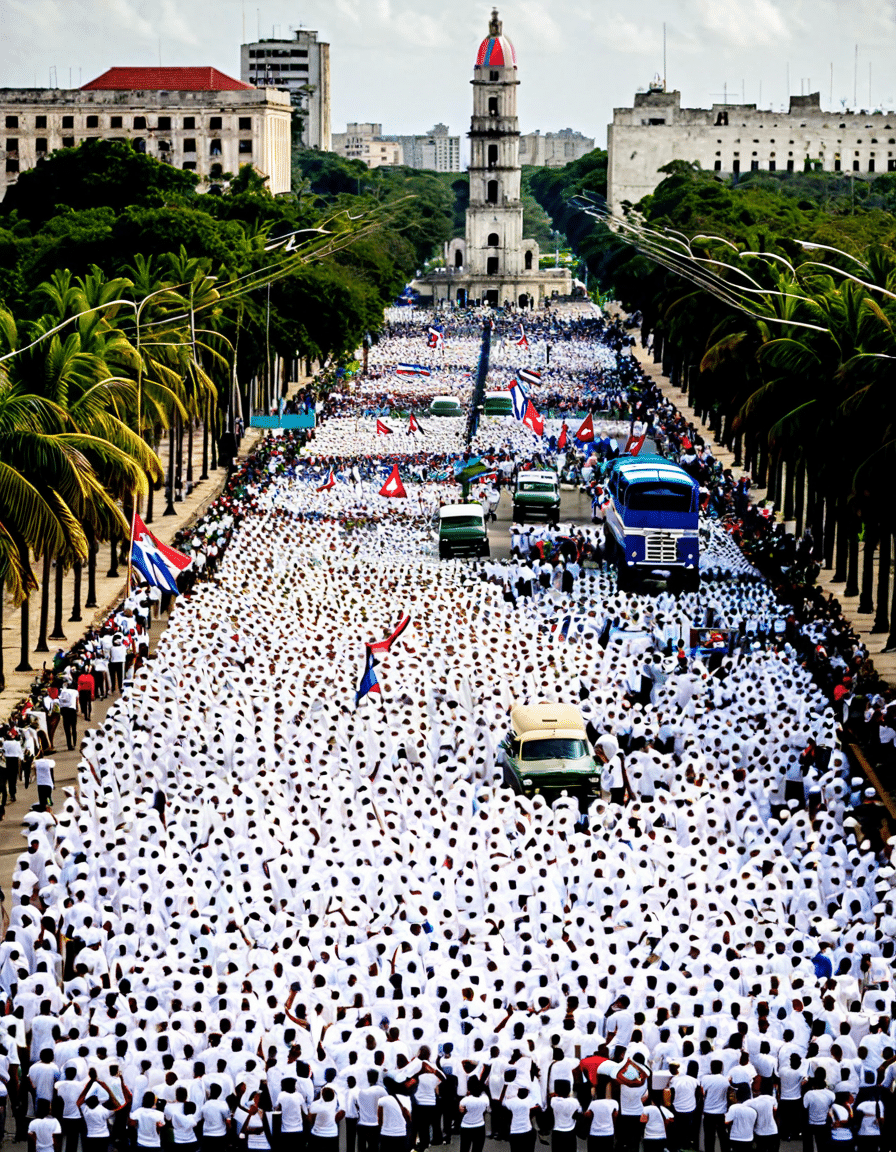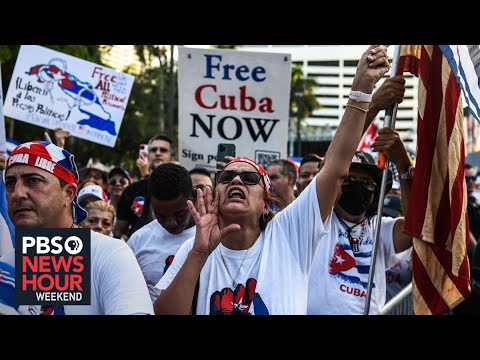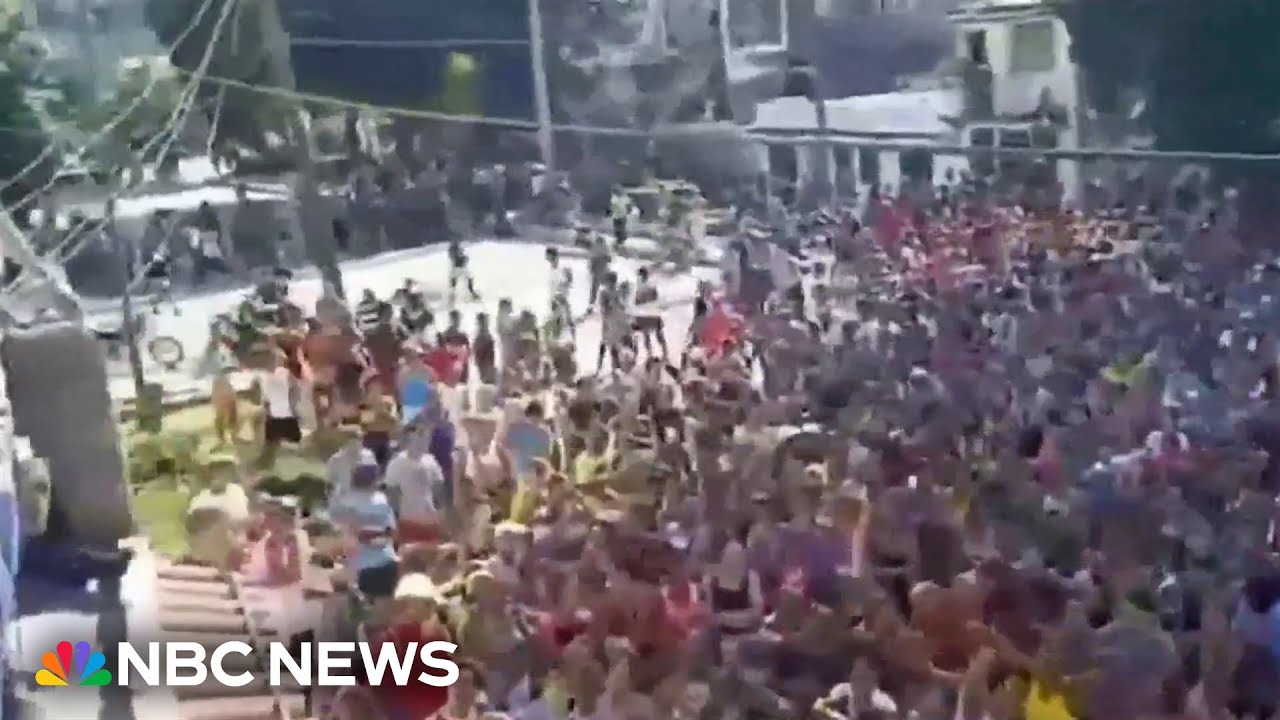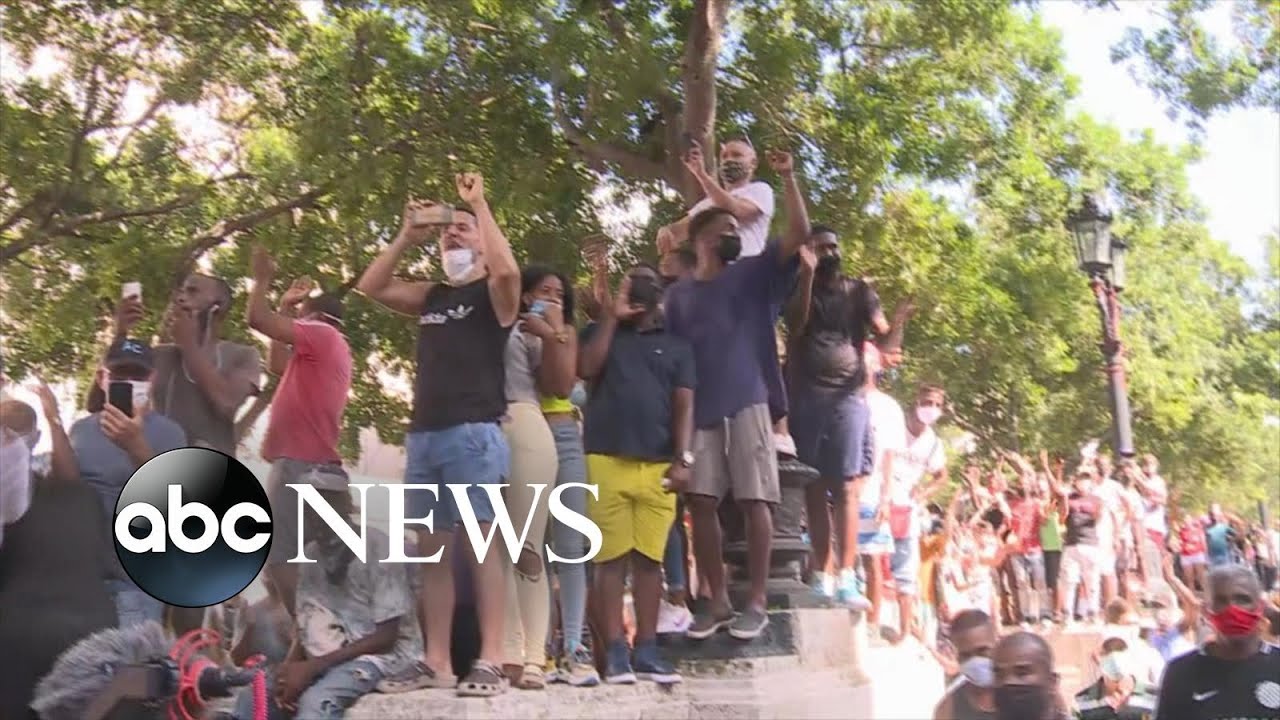The Surge of Cuban Protests: A Catalyst for Global Solidarity
The Cuban protests have surged in intensity, igniting a fervent desire for change among citizens both in Cuba and around the globe. These public demonstrations sprang from a dire economic crisis intensified by the COVID-19 pandemic and prolonged sanctions. Social media has become a vital tool, enabling activists to mobilize and share their struggles with an international audience, which has sparked solidarity movements far and wide. In cities like Miami and Madrid, Cuban expatriates have rallied in support of their compatriots, fostering a sense of unity that transcends borders.
The outcry comes as citizens express their frustration over a lack of basic necessities and a government that seems out of touch with its people’s needs. New voices and perspectives are emerging daily, demonstrating a newfound resilience and determination. The manifest growth in participation is not merely a local phenomenon; it’s a reflection of a wider yearning for freedom and democracy that resonates in many countries around the world.
Furthermore, the backing from the international community has elevated the visibility of Cuba’s plight. Activists, armed with hashtags like #PatriaYVida, have utilized platforms like Twitter and Facebook to amplify their messages. This digital activism is bridging the gap between those on the ground and supporters elsewhere, making it clear that the fight for freedom—a fight echoed in movements seen in Iran and Ukraine—is far from isolated.
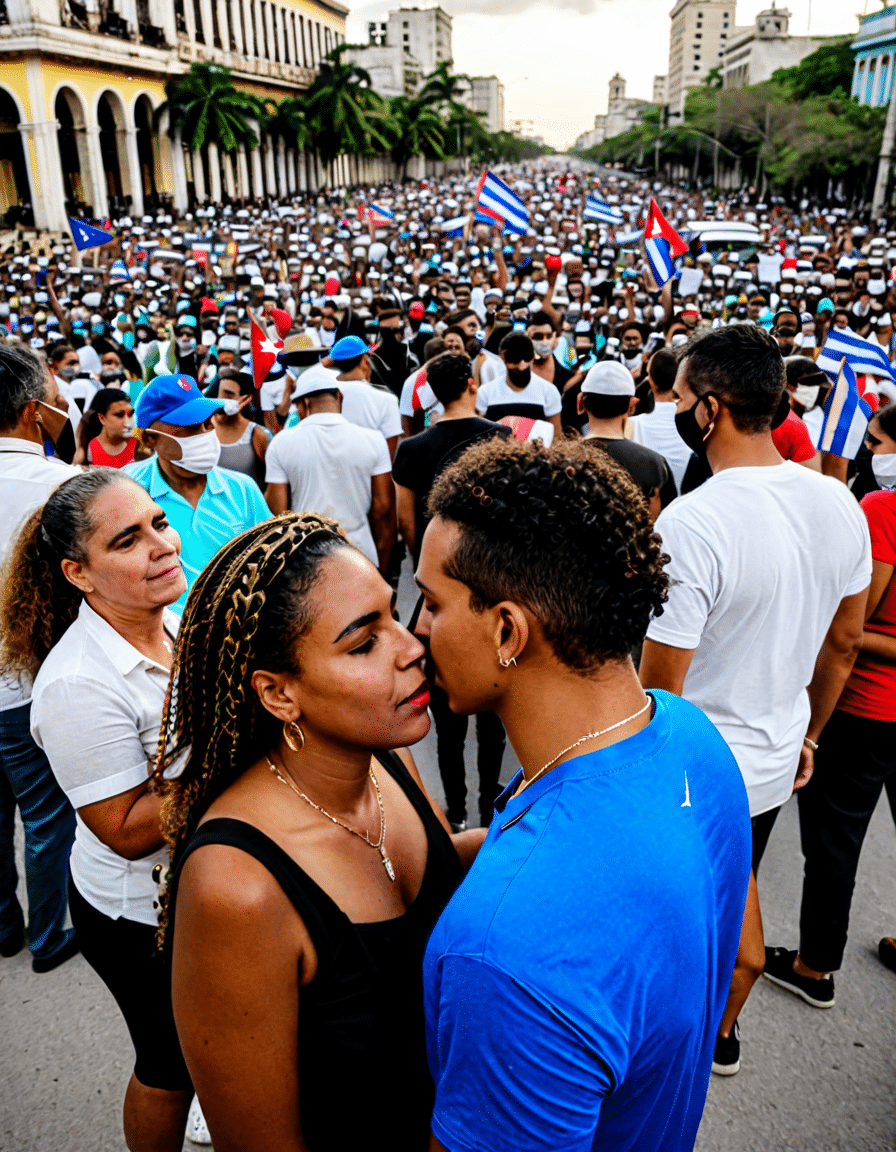
Top 7 Influences Catalyzing the Cuban Protests
Economic mismanagement has plunged Cuba deep into hardship. Citizens deal with significant shortages of food, medicine, and everyday goods. The frustration is palpable, as many find it increasingly difficult to feed their families and seek medical help. The recent protests draw a clear line: Cubans refuse to remain silent any longer.
Under President Miguel Díaz-Canel, the government has intensified its grip on power. Yet, a youthful generation is vocally challenging this leadership, clamoring for democratic reforms and greater freedoms. This generational divide is widening, showcasing a clash of ideals that can no longer be ignored.
Platforms like Twitter have changed the game, facilitating real-time communication and organizing protests. The viral nature of hashtags like #PatriaYVida encapsulates aspirations for freedom and embraces the momentum of grassroots movements. This digital revolution has proven that the people’s voices can reverberate beyond Cuba’s shores.
Global figures have issued statements of solidarity that resonate deeply within the movement. Former CIA analyst Jung-min Lee is among those amplifying Cuba’s message, which underscores the international dimension of the protests. This external backing emboldens protesters as they demand eligibility for basic human rights and reform.
Recent uprisings in Iran against Iranian Supreme Leader Ali Khamenei’s regime and calls for peace from groups like Hamas have resonated deeply within the Cuban populace. This cross-pollination of ideas illustrates that citizens everywhere reject oppressive regimes, revealing a shared struggle for autonomy and dignity.
The potential scenario of North Korean troops deserting amid the deepening tensions in Ukraine presents a significant backdrop. The implications are vast; these developments question the strength and resilience of authoritarian regimes. If such desertions continue, they may embolden calls for democracy not just in Cuba, but across other nations under similar governance.
The Cuban government’s heavy-handed tactics to silence protests are backfiring. Increasing police violence is prompting more citizens to rise up, leading to an expanded movement demanding freedom and democracy. Instead of quashing dissent, oppressive measures are fueling a brave spirit among Cubans.
Analyzing the Intersection Between Global Protests and Cuban Aspirations
Cuba’s crisis is emblematic of a broader, interconnected struggle against autocracy. The palpable solidarity between protests in Cuba and movements in places like Iran and other regions highlights a universal yearning for freedom. The global awareness and support strengthen activists’ resolve, showing that they’re part of a larger fight against tyranny.
Amid the backdrop of geopolitical strains and North Korean troops possibly deserting in Ukraine, the world watches closely. Analysts, including those from South Korea, are dissecting these developments, considering their potential effects on regimes like Cuba’s. As authoritarian governance faces cracks, calls for democracy become increasingly potent.
The backdrop of global unrest is shaping Cuba’s current narrative. Activists learn from the successes and failures of other movements, forging relationships and strategizing in a world that seems simultaneously smaller and larger. This intricate dance of protest fuels a determined push toward not just local change, but international solidarity.
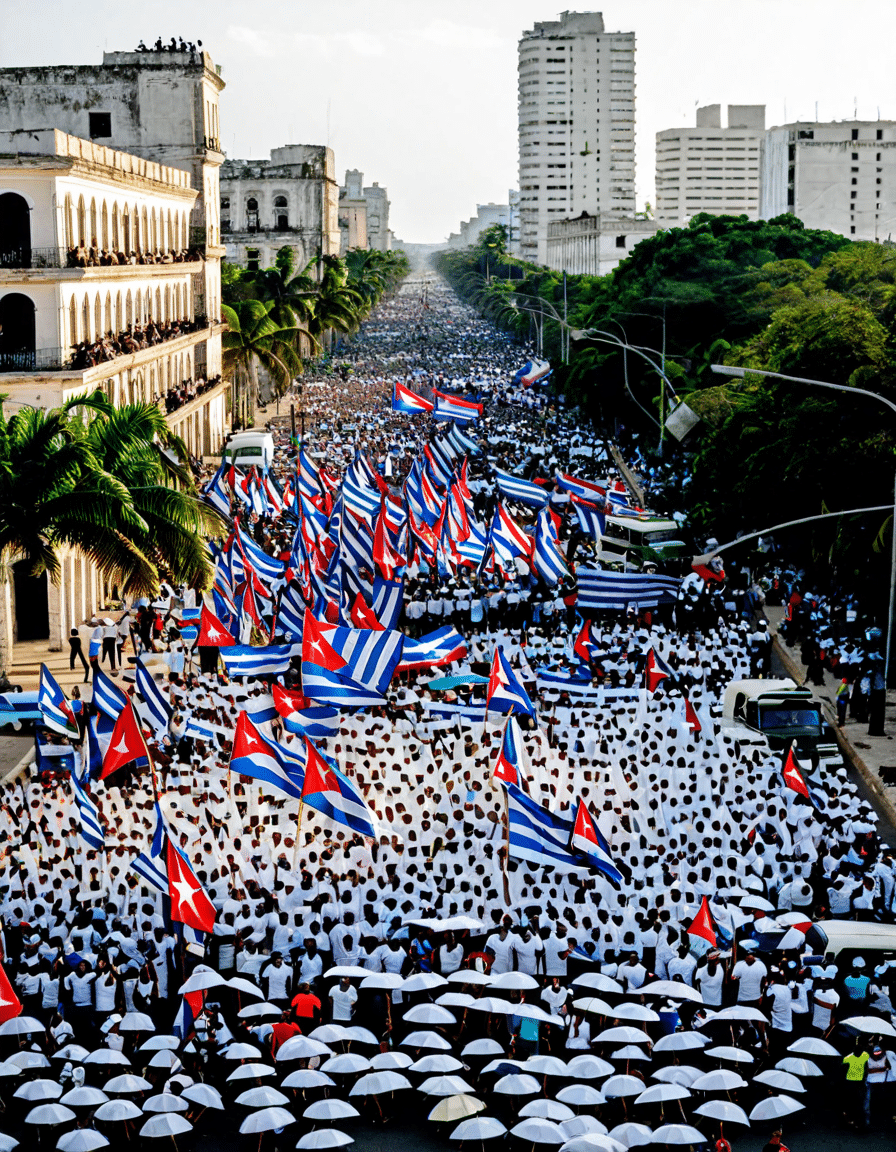
Striking a Balance: The Future of Cuban Freedom Movements
Cuba stands at a crossroads, where the unfolding protests herald an unwavering spirit in the quest for freedom. The determination displayed by its citizens echoes sentiments expressed in global movements, reverberating beyond the island nation. With every uprising, Cubans demonstrate that they refuse to accept the boundaries imposed by their government, propelling their struggle into the spotlight.
Both internal and external pressures are mounting, forming a potent mix that could lead to either sustained dissent or meaningful reforms. The international community watches, its involvement transforming isolated cries for help into a resounding call for justice.
As citizens push back against systemic oppression, the narrative of Cuba’s struggles aligns with the global fight for rights and liberty. The world is intertwined in this battle, fueling optimism that Cuba’s endeavors may inspire similar movements elsewhere. The outcome hinges on the resilience of the individuals rallying for change, proving that their pursuit of freedom is relentless.
Cuban Protests: A Call for Freedom and Change
Catching the Wave of Resistance
Cuban protests have emerged as a powerful symbol of the populace’s yearning for change. Did you know that protests often inspire art and culture? For instance, in the music scene, albums like Taylor Swift’s 1989 reflect the cultural shifts happening in society. Such art resonates with the feelings and struggles people face during times of upheaval, much like the current atmosphere in Cuba. As these protests unfold, we see the resilience of those who stand up for freedom, echoing sentiments similar to those captured in impactful films—perhaps even the upcoming Amy Winehouse movie 2025, which aims to encapsulate the passion and pain of its subject.
Voices of Change
As voices echo through the streets of Cuba, they remind us that calling for democracy is universal. By expressing their discontent, they challenge not only their government but also societal norms. In today’s world, many people are standing up in solidarity with movements around the globe. For instance, in the tech and entertainment industries, shows like The IT Crowd convey messages of rebellion and originality, offering a humorous lens on serious topics. When protesters call for change, it’s not unlike a gripping narrative that keeps audiences on the edge of their seats—one they can’t turn off, similar to keeping track of What time Does Chipotle close, as people gather for food and conversation during these pivotal moments.
Unbreakable Spirit
Despite the challenges they face, the spirit of the Cuban protests shines through. Communities across the island come together, reminding us of the importance of unity. Interestingly, the sheer number of diverse vehicles on the streets, like the quirky Honda Acty, often becomes a symbol of innovation amidst adversity. Just as the Arizona prosecution Of fake Electors reflects deep societal issues in Miami, the Cuban protests reveal layers of inequality, serving as a wake-up call for many. The grit and determination of those standing up against the odds exemplify the human spirit’s capacity to confront adversity head-on. With every march and chant, they embody a movement that isn’t just about the present but also about building a brighter and freer future.
